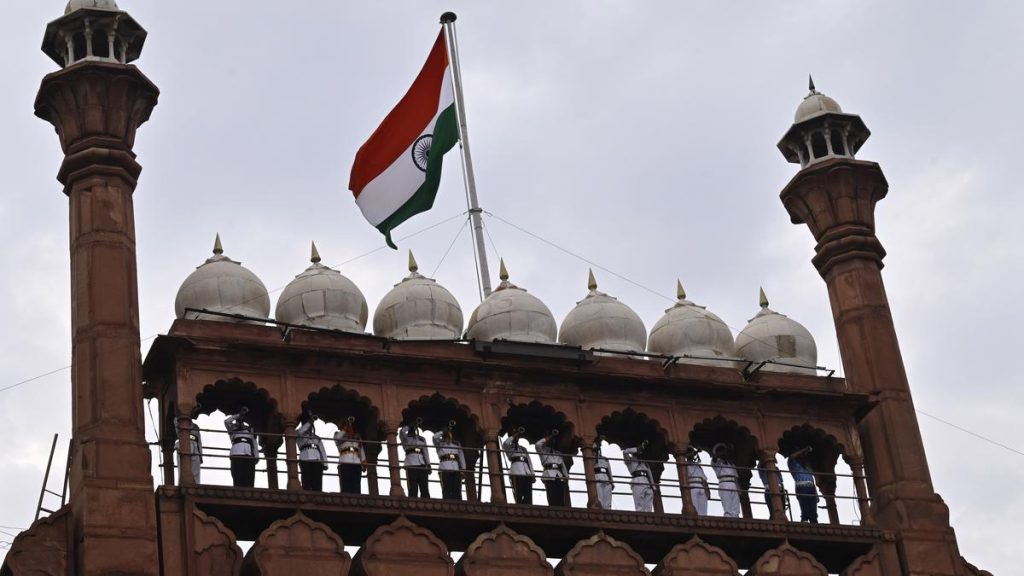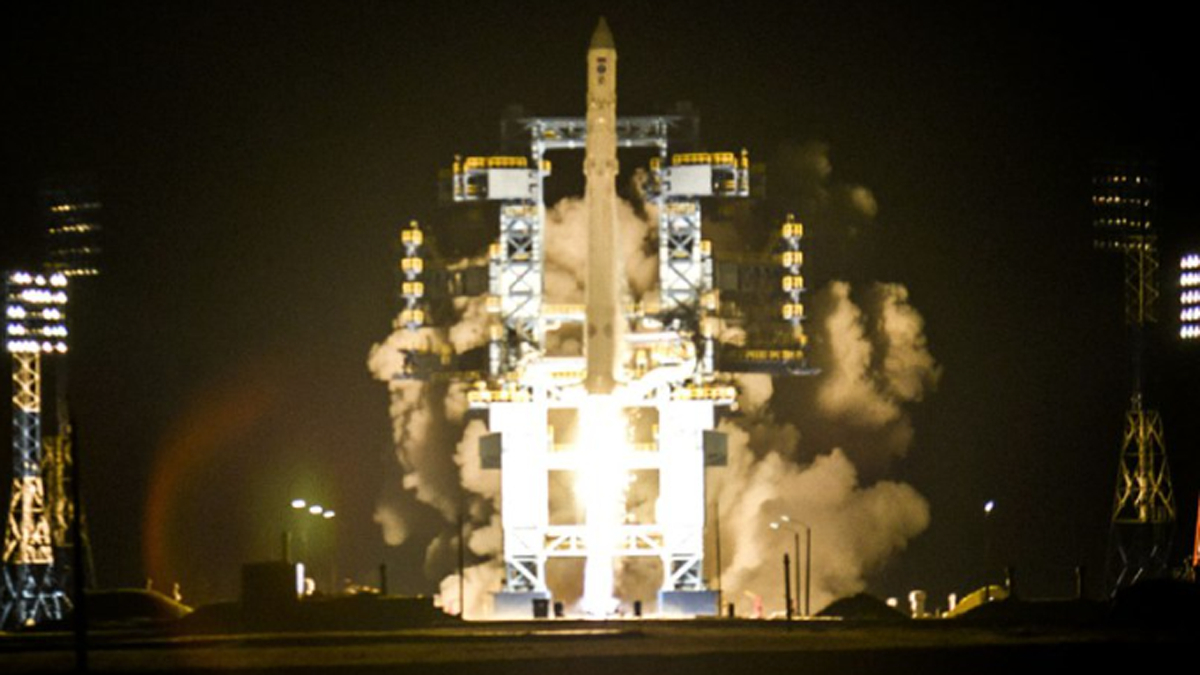Now Reading: Trump’s Tariffs May Reshape iPhone Production Plans
-
01
Trump’s Tariffs May Reshape iPhone Production Plans
Trump’s Tariffs May Reshape iPhone Production Plans

Rapid Summary:
- Trump’s Tariffs: U.S. President Donald Trump announced tariffs impacting nations like China, Vietnam, and India. Apple faces a considerable challenge as these regions house most of its production facilities.
- Impact on Apple: Apple risks profit reduction by 8.5-9% due to the tariffs unless adjustments are made. This could lead to increased product prices or reduced profit margins.
- shift in Production:
– Only China is unlikely to avoid the tariffs.
– India currently handles about 15% of global iPhone production (up from 10-12% last year) and may increase its capacity over time.
– Expanding manufacturing in India and Vietnam could limit gross margin losses to around 5.5-6%.
- future Outlook: If favorable agreements are struck for tariff exemptions, India could scale up Apple’s production share globally beyond 30%, reducing margin hits to just around 1-3%.
- Strategic Options for Mitigation:
– Leveraging U.S markets where high-end device consumers tolerate price increases better.
– Utilizing carrier subsidies or reducing Trade-In discounts as strategies against potential cost hikes from tariffs.
– Pressuring suppliers to lower costs or squeezing the supply chain.
For further details, read More.
Indian Opinion Analysis:
The declaration of U.S. tariffs under President Trump has potential implications for India’s manufacturing sector and broader economic landscape. While China’s position on tariff concessions seems unfavorable, India’s growing role in Apple’s global supply chain presents both opportunities and challenges.
India’s production share increasing from an estimated 15% this year signals progress but also highlights dependence on securing favorable trade agreements with the U.S., which remains uncertain per analyst projections. Should such agreements materialize, it not only stabilizes Apple’s operations but positions India as a stronger pillar within global tech manufacturing-a move that could attract further investment into related sectors like electronics assembly and infrastructure growth.
A meaningful caveat would be ensuring that domestic policies support scaling operations efficiently while remaining cost-effective amid rising geopolitical competition with Vietnam for similar roles in non-Chinese production capacity expansion.
Stepping into higher-tech output responsibilities means more jobs locally but also necessitates mature industrial reforms that balance innovation costs with competitiveness-crucial as stakeholders watch whether promises translate smoothly into sustained growth without bottlenecks across labour or tax disadvantage zones relative competitors..!


























